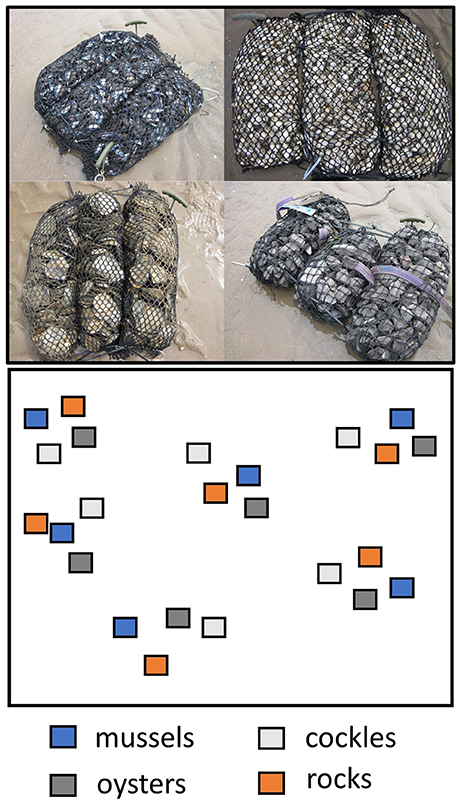

2020 report from the Global Coral Reef Monitoring Network indicated that between 2009 and 2018, approximately 14% of the world’s coral reefs were lost. Recently, marine ecosystems are undergoing the most significant bleaching event ever recorded, with around 84% of the global reefs undergoing heat-related bleaching. This dramatically exceeds the bleaching events of 1998, 2010, and 2014, where 21%, 37%, and 68% of reefs were affected respectively. This crisis has designated coral reefs as the first ecosystem to hit an environmental tipping point. Such devastation severely impacts the biodiversity of marine ecosystems globally, as reefs support 25% of all marine life and over 4,000 fish species.
Similar to all environmental catastrophes, the ramifications spill over into human-related issues, leading to the initiative of utilizing sunken, human-made structures to form artificial reefs. The Environmental Protection Agency states that reefs are a vital economic resource, generating nearly $30 billion annually in economic advantages, considering their importance for global fisheries and the coastal protection they provide against storms, tsunamis, floods, and erosion, amounting to billions of dollars each year. The U.S. Air Force has also started to utilize self-repairing concrete reefs to safeguard military installations from hurricanes and tidal waves.
As ocean temperatures keep rising, researchers are exploring innovative ways to replenish our ocean’s reef populations, recognizing reef restoration as an increasingly vital element of the environmental equation. One approach to aiding reef populations involves man-made structures that compensate for the loss of coral through the use of sunken ships, aircraft carriers, and even oil rigs. By offering hard surfaces and vertical structures for coral to adhere to, artificial reefs create a stable habitat for reef populations to thrive.